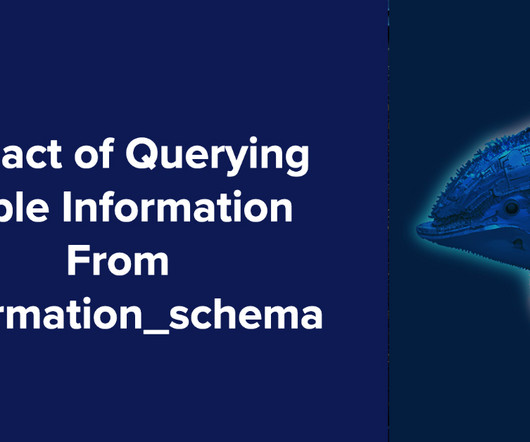10 tips for migrating from monolith to microservices
Dynatrace
OCTOBER 2, 2023
Unsurprisingly, organizations are breaking away from monolithic architectures and moving toward event-driven microservices. Use SLAs, SLOs, and SLIs as performance benchmarks for newly migrated microservices. With real-time observability, teams can easily plan their migration and fine-tune performance as they migrate microservices.
















Let's personalize your content